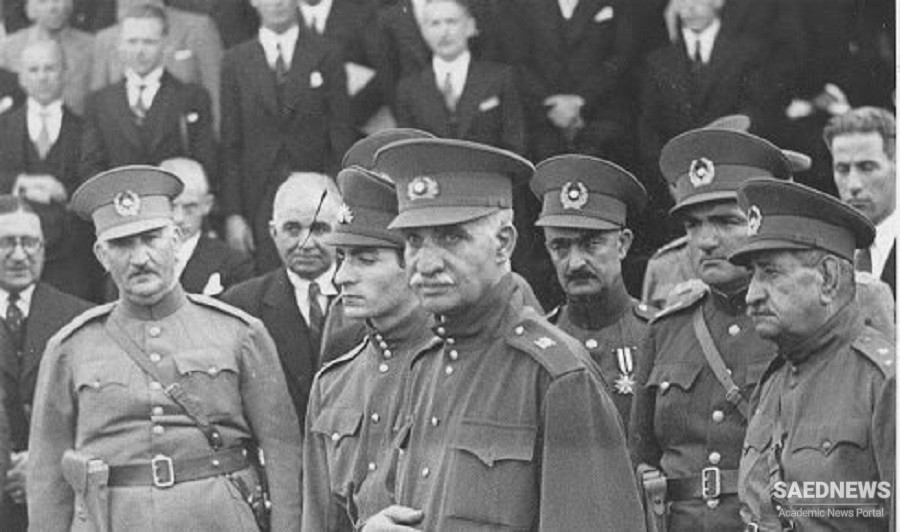He sold them state lands at discount prices; rewarded them with bonuses; appointed them to governorships; and turned a blind eye to their financial irregularities. He communicated with field commanders directly through the military office in the palace, bypassing the cabinet, the premier, and the war minister. He built in Tehran an impressive array of military establishments – an arsenal, a machine-gun factory, an airplane repair shop, a military hospital, an officers’ club, an army bank, a staff college, and a military academy. He sent military personnel to Europe for further training – army officers, numbering as many as300, went mostly to France; pilots and naval officers went mainly to Italy. He filled crucial military posts with such former Cossacks as Generals Muhammad Ayrom, Morteza Yazdanpanah, Ahmad Amir Ahmadi, and Fazlollah Zahedi. Ayrom, a fellow Cossack colonel in 1921, served as his chief of police until absconding to Nazi Germany with an ill-gotten fortune.
What is more, Reza Shah raised Crown Prince Muhammad Reza to be first and foremost a military officer. He was tutored in the palace with other officers’ sons; spent three brief years with the same tutors and playmates in the exclusive La Rosey School in Switzerland; returned home to enter the military academy; and, upon graduation, received a commission to become special inspector in the armed forces. Reza Shah gave a similar upbringing to his six other sons. The crown prince – like his father – rarely appeared in public out of military uniform. The British legation noted that his activities outside the military were limited to the “boy scouts, athletic meetings, visiting institutions, and appearing for the Royal family at State functions.” This was a regime that can be truly defined as a military monarchy.
The growth in the bureaucracy was equally impressive. The four nineteenth-century ministries (foreign affairs, interior, finance, and justice), as well as the three more recent ones (public works and commerce, post and telegraph, and education and endowments), all grew to become substantial bureaucracies. What is more, three new ministries were created – industry, roads, and agriculture. Reza Shah ended his reign with eleven fully fledged ministries. The interior ministry, the central bureaucracy, was in charge of provincial administration including the urban police and rural gendarmerie. The eight old provinces were remapped into fifteen: Tehran, Azerbaijan, Fars, Gilan, Mazanderan, Hamadan, Isfahan, Kerman, Kermanshah, Khurasan, Arabestan, Kurdestan, Lurestan, Baluchestan, and the Gulf Ports. These provinces were divided into counties, municipalities, and rural districts. The shah, via the interior minister, appointed the governor-generals, who, in consultation with the minister, appointed the regional governors and town mayors. For the first time, the hand of the central government could reach the provinces. The governors were no longer semi-independent princes, as in Qajar days, but military men and civil servants totally dependent on the central government.


 Modernization in Literary Culture
Modernization in Literary Culture














































